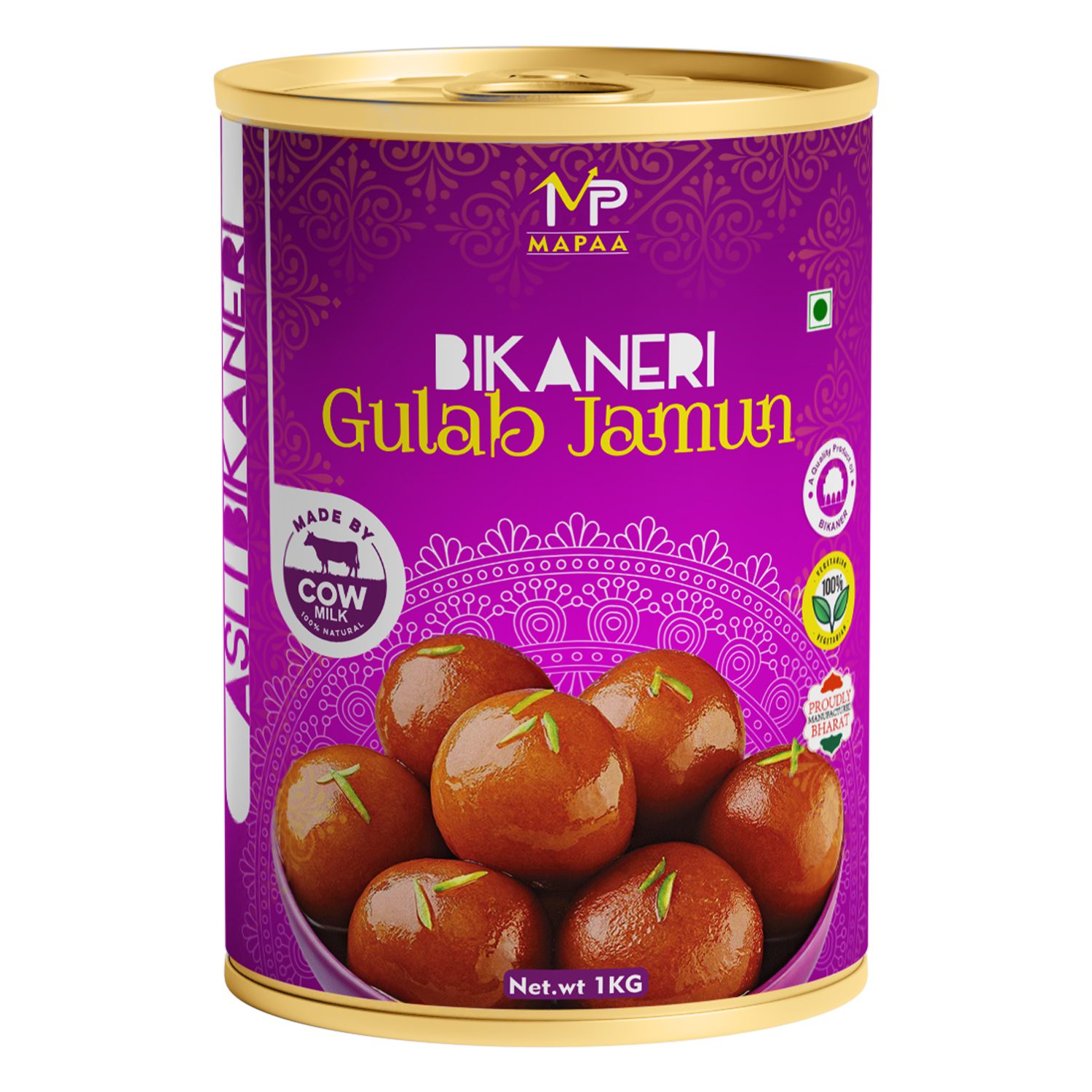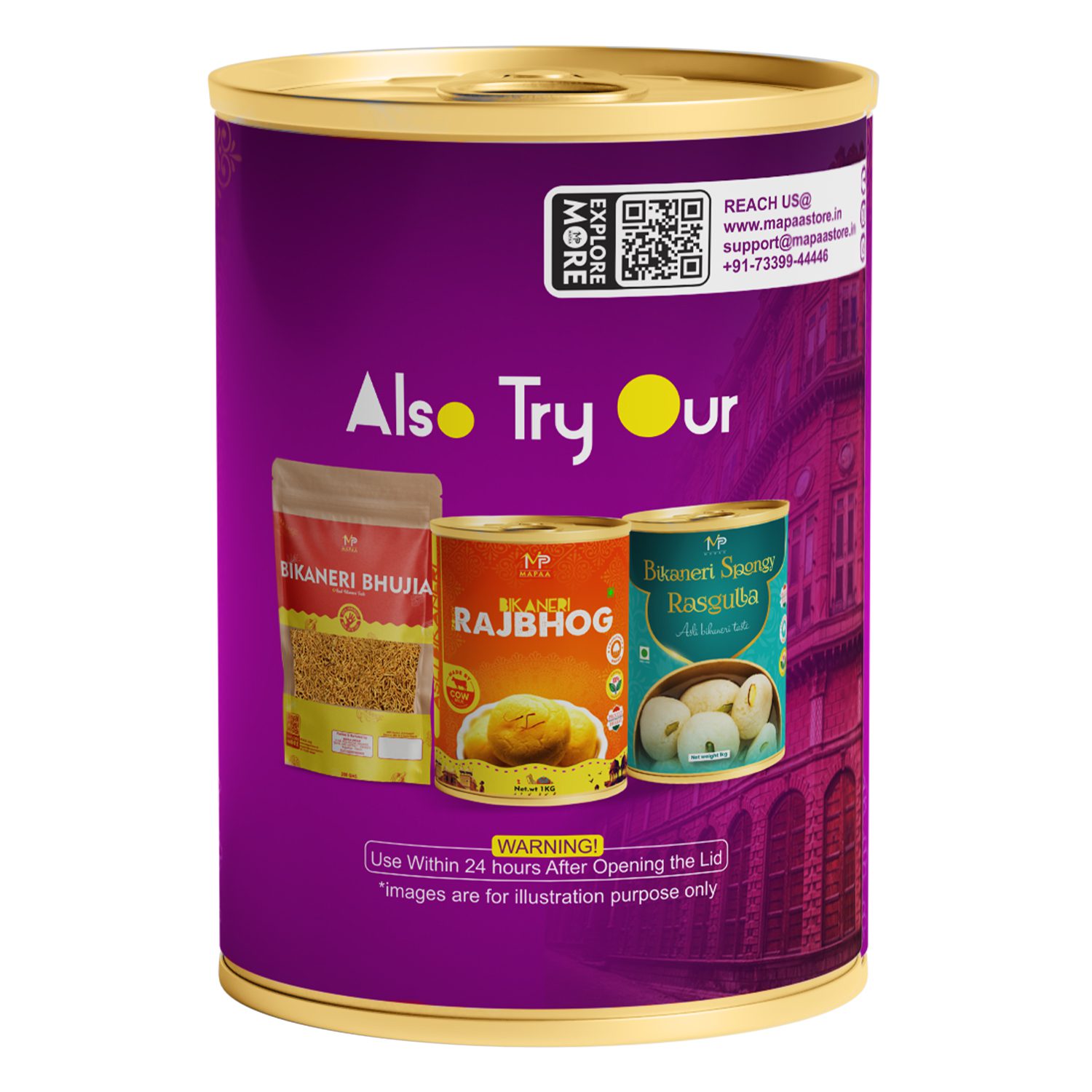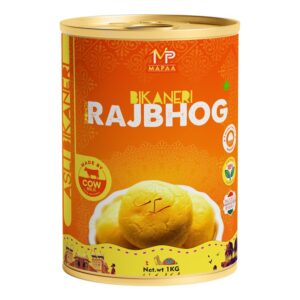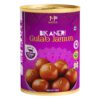MAPAA’s Gulab Jamun is a sweet confectionary or dessert, originating in the Indian subcontinent and a type of mithai popular in India and other countries too. It is the national dessert of India. Gulab jamun gets its brownish red colour because of the sugar content in the milk powder (khoya). In other types of gulab jamun, sugar is added to the batter, and after frying, the sugar caramelization gives it its dark, almost black colour, which is then called Kala Jamun or “black Jamun”. The sugar syrup may be replaced with (slightly) diluted maple syrup for a gulab jamun. Homemade gulab jamun is usually made up of khoya, a pinch of all-purpose flour/refined wheat flour/ wheat flour (optional), baking powder and clarified butter (ghee); milk kneaded to form a dough, moulded into balls, deep fried and dropped into simmering sugar syrup. Pantua is similar to gulab jamun and could be called a Bengali variant of that dish. Ledikeni, a variation of Pantua, is another variant of gulab jamun. It is said to have been invented by Bhim Chandra Nag on the occasion of a visit by Lady Canning, the wife of Charles Canning, a town near Jabalpur is famous for “Jhurre Ka Rasgulla”, which has been made there for the past 100 years. It is several times the size of normal gulab jamuns and is prepared in local desi ghee. In Rajasthan, instead of soaking gulab jamun balls in sugar syrup, they are cooked in gravy made from spices, nuts and tomato to make popular Gulab Jamun ki Sabzi.







